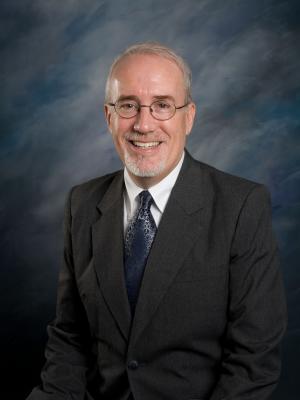We’re Stronger Together
With your help, we can advance education and improve student success in our community.


Program Director, SM-Anatomy, PhD , Pathology and Human Anatomy
Program Director, SM-Anatomy, MS , Pathology and Human Anatomy
Program Director, SM-Biomedical Sciences/Medicine, MMS , Pathology and Human Anatomy
Professor, Pathology and Human Anatomy, Anatomy Division
With your help, we can advance education and improve student success in our community.